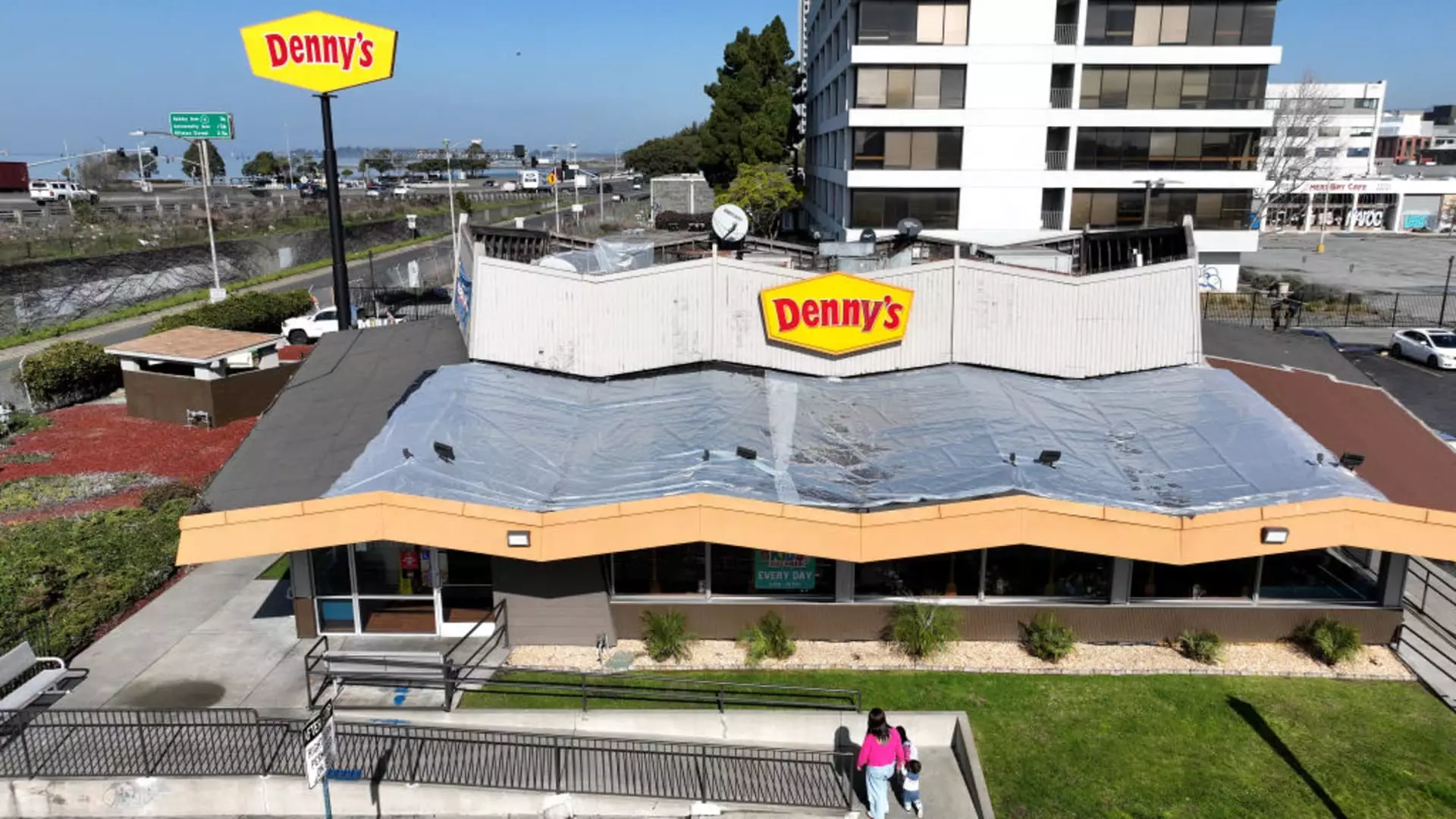The restaurant industry faced an exceptionally challenging year in 2024, marked by significant shifts in consumer behavior and financial distress among prominent chains. As inflation took its toll on American wallets, patrons became increasingly discerning about their dining expenditures. This collective retreat from the restaurant sector triggered a wave of closures as brands sought stability amidst adversity. An analysis of industry performance reveals a clear trend: diminished foot traffic and an alarming rise in bankruptcy filings, indicating that many establishments could not withstand the pressures of a rapidly changing economic landscape.
According to data compiled by Black Box Intelligence, U.S. restaurant visits declined consistently over the first ten months of 2024. This downturn did not occur in a vacuum; it was the culmination of several factors intertwined with inflation and changing dining preferences. Customers began hunting for value, which did not bode well for higher-priced casual-dining establishments that relied on a different consumer mindset prior to the upheaval.
The 2024 year marks a pivotal turning point, reflecting a shift towards fast-casual dining or home-cooked meals, where value and quality converge. Diners increasingly opted for convenience and perceived quality over traditional dining experiences. This has been a gradual evolution that gained momentum during the COVID-19 pandemic but crystallized in 2024 as consumers prioritized their budgets more than ever.
Fast-casual establishments like Chipotle and Sweetgreen have captured significant market share, highlighting a changing landscape where diners gravitate towards brands that promise a better balance of quality and speed. This dynamic has posed existential questions for longstanding casual-dining chains, which have now found themselves unable to attract customers and retain profitability in a fiercely competitive environment.
As consumers tightened their purse strings, the impact on restaurant revenues became starkly evident. In 2024 alone, 26 restaurant companies sought Chapter 11 bankruptcy protection—nearly three times the number recorded during the depths of the pandemic in 2020. High-profile casual-dining chains, in particular, struggled significantly during this trying period. Notable closures are a testament to this alarming trend.
Wendy’s, a staple in the fast-food landscape, announced plans to close an additional 140 underperforming locations, bringing their total to over 220 closures in a single year. Wendy’s strategic reevaluation indicates an attempt to streamline operations, rid the company of outdated facilities, and reinforce their market foothold by enhancing overall sales.
Similarly, Applebee’s, operated by Dine Brands, has faced consecutive declines in same-store sales for six quarters. Their decision to close 25 to 35 locations illustrates an ongoing struggle to adapt to the realities of the market and consumer preferences. Applebee’s plight reflects a broader industry challenge, as traditional dining formats grapple with evolving expectations and economic pressures.
Despite the grim statistics, there remains a glimmer of hope and intent for revival. Chains like Denny’s are actively seeking to shed underperforming units to focus on future growth. With an ambitious strategy to open new locations annually after 2025, Denny’s aims to transition into a more profitable phase. This pivot underscores a larger industry trend where survival hinges on flexibility and a willingness to innovate.
Fast-casual leader Noodles & Company is also taking steps toward revitalization after declaring closures for roughly 20 locations. Recognizing the changing tides, they are overhauling their menu to better align with consumer preferences—a prudent move considering the sales decline they experienced in their latest quarter.
Red Lobster’s story adds another layer to industry struggles. After shutting down over 120 locations and entering bankruptcy, the seafood chain is attempting to reinvent itself under new leadership. While it remains to be seen whether these moves will secure its future, the commitment to overcome adversity indicates a wider determination within the industry.
The restaurant industry’s tumultuous journey in 2024 serves as a sobering reminder of the fragility of consumer-driven businesses in volatile economic conditions. As chains close locations and undergo transformations, the path forward requires a keen understanding of consumer preferences, innovative strategies, and a commitment to providing value. The resilience demonstrated by brands that adapt to modern dining trends offers a glimmer of hope in an otherwise bleak landscape, suggesting that while 2024 may have been a year of reckoning, it could also be the catalyst for a new era in the restaurant industry.

